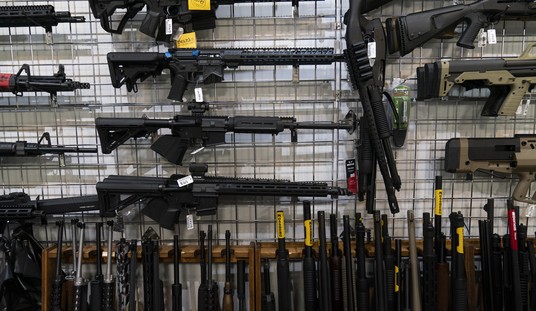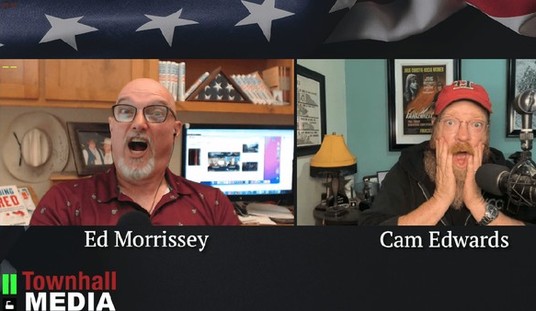By now, you’ve heard about the so-called March for Our Lives. Supposedly spearheaded by a bunch of kids, the march was intended to encapsulate the rage of America’s youth at the absolute refusal of American politicians to “do something” about gun violence. The fact that violent crime has been on the decline since the 1990s is irrelevant, apparently. What matters is that we ban the least useful weapon for most criminal activity on the planet.
However, it seems that the makeup of March for Our Lives wasn’t quite what we expected.
However, the young faces of the advocates have created an assumption that “youth” and “students” are the core of the movement. My research tells a different story about who participated in the March for Our Lives — and it is more complicated and less well-packaged for prime time.
As part of my research on the American Resistance, I have been working with a research team to survey protesters at all the large-scale protest events in Washington since President Trump’s inauguration. By snaking through the crowd and sampling every fifth person at designated increments within the staging area, we are able to gather a field approximation of a random sample. So far, the data set includes surveys collected from 1,745 protest participants.
During the March for Our Lives, my team sampled 256 people who were randomly selected. This gives us the chance to provide evidence about who attended the March for Our Lives and why.
…
Contrary to what’s been reported in many media accounts, the D.C. March for Our Lives crowd was not primarily made up of teenagers. Only about 10 percent of the participants were under 18. The average age of the adults in the crowd was just under 49 years old, which is older than participants at the other marches I’ve surveyed but similar to the age of the average participant at the Million Moms March in 2000, which was also about gun control.
Participants were also more likely than those at recent marches to be first-time protesters. About 27 percent of participants at the March for Our Lives had never protested before. This group was less politically engaged in general: Only about a third of them had contacted an elected official in the past year, while about three-quarters of the more seasoned protesters had.
Even more interesting, the new protesters were less motivated by the issue of gun control. In fact, only 12 percent of the people who were new to protesting reported that they were motivated to join the march because of the gun-control issue, compared with 60 percent of the participants with experience protesting.
Wait, why were people at a gun-control protest when they weren’t motivated by gun control? Author Dana Fisher notes:
Instead, new protesters reported being motivated by the issues of peace (56 percent) and Trump (42 percent), who has been a galvanizing force for many protests.
However, there’s an additional factor that might have come into play, and that was the free concert. As Fisher notes, the people performing were publicized well ahead of time, but the speakers weren’t. That means people knew the big names that were going to perform, so it attracted people with only lukewarm feelings about gun control.
Had it just been the speakers, there would have been little doubt about the motivations of the protestors. With a concert, though, that becomes a murkier subject and makes the numbers far more suspect as any kind of proxy for gun control support.
But that isn’t surprising. Every move they’ve made have been about inflating the numbers of their supporters as much as possible, all so they can press lawmakers into eroding our civil liberties even further.









Join the conversation as a VIP Member